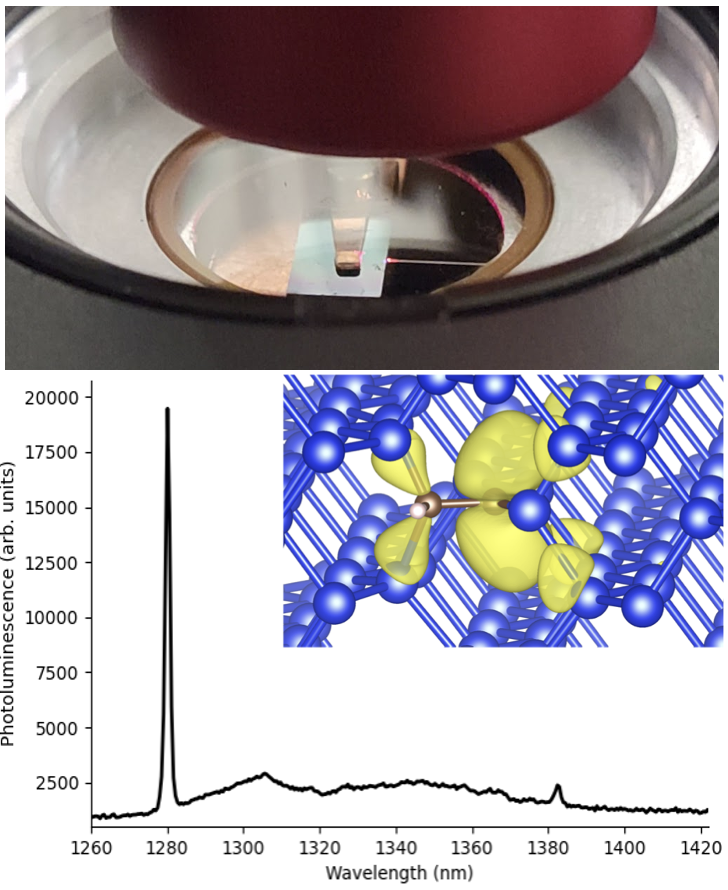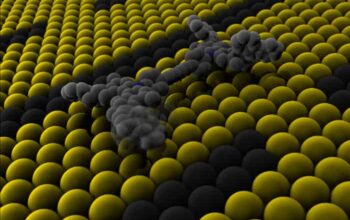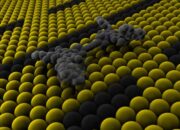At the crossroads of quantum mechanics and nanotechnology lies the brilliant work of Martijn Zwanenburg, a luminary in the realm of quantum devices, particularly focusing on the burgeoning field of silicon spin qubits. Zwanenburg’s research epitomizes the synthesis of theoretical elegance and practical innovation, inviting us to envision a future where quantum states can be harnessed within the familiar terrain of silicon, a material that has long been the backbone of modern electronics. In this exploration, we delve deep into the intricate ballet of electrons and spins, unraveling a narrative that interweaves physics, engineering, and the tantalizing prospects of quantum computation.
The context of Zwanenburg’s work cannot be understated. As the world stands on the precipice of a technological revolution, the potential of quantum computers looms large. Unlike traditional binary systems that hinge upon bits, quantum computing operates on qubits, which can exist in superpositions of states. This revolutionary leap hinges substantially on the harnessing of spin—an intrinsic property of electrons that can be manipulated with exquisite precision. Herein lies the allure of Zwanenburg’s contributions, where silicon—a stalwart of classical computing—is reimagined as a fertile ground for quantum phenomena.
One cannot overstate the significance of silicon in semiconductor technology; it has been the skeletal framework upon which contemporary digital infrastructure is built. Zwanenburg’s approach brings a delightful paradox: the very material that defined our present could very well illuminate our quantum future. By exploiting silicon’s advantageous qualities, such as its relative abundance, compatibility with existing fabrication techniques, and temperate operating temperatures, Zwanenburg’s research injects an element of pragmatism into a field often characterized by speculative theory.
Delving into the technical heart of Zwanenburg’s work, one encounters spin qubits themselves. Unlike traditional qubits, which can be realized using photons or superconducting circuits, silicon spin qubits rely on the alignment of electron spins relative to a magnetic field. This interaction can be akin to an orchestrated dance, where the choreography is governed by delicate manipulations of electric and magnetic fields. The ability to control these spins with high fidelity is what renders Zwanenburg’s work both revolutionary and essential for the formation of scalable quantum computers.
In the labyrinthine world of quantum mechanics, coherence is a central theme. The stability of a qubit’s state is paramount; it must maintain its quantum identity long enough to be manipulated and read out. Zwanenburg’s efforts have concentrated on minimizing the decoherence timescales, navigating the turbulent waters where external noise threatens to disrupt the finely tuned melodies of quantum states. Research has shown that the silicon lattice structure initiates a unique symphony of spin interactions that fundamentally impacts coherence, epitomizing Zwanenburg’s innovative spirit.
An interesting conundrum arises when we consider scalability—the ability to increase the number of qubits while maintaining coherence and control. Here, Zwanenburg’s work takes on a pioneering character. He has investigated various architectures and designs that can potentially facilitate the development of large-scale quantum processors. The quest for scalability can be likened to constructing a grand symphony orchestra, where each instrument (or qubit) must not only perform harmoniously in unison but also maintain its individual brilliance.
Moreover, collaboration plays a crucial role in the progress of quantum technologies. Zwanenburg’s outreach and partnerships with fellow researchers and industry leaders have proven vital. By fostering an ecosystem of innovation, he has contributed to a milieu where ideas can flourish, akin to a fertile field that nurtures diverse blooms. This collaborative ethos not only accelerates scientific discovery but also paves the way for feasible applications that extend beyond the academic sphere.
A prominent facet of Zwanenburg’s research involves the integration of quantum devices with classical microelectronic systems. This seamless marriage of two seemingly disparate worlds elevates the potential of quantum technologies and mitigates the hurdles associated with adopting new paradigms. Within this framework, the silicon spin qubit becomes emblematic of a new era, bridging gaps and forging pathways towards a future where quantum-enhanced technologies permeate everyday life.
The road ahead is abundant with challenges yet peppered with exhilarating discoveries. Martijn Zwanenburg’s contributions remind us that the journey through quantum territory requires both audacity and precision—a dance of intellect and intuition, grounded in meticulous experimentation. As he continues to probe the enigmatic realm of silicon spin qubits, the implications of his work may ripple through entire sectors, catalyzing revolutions in computing, secure communication, and beyond.
In essence, the narrative woven by Zwanenburg’s scholarship encapsulates more than just the technicalities of quantum devices. It also serves as a reminder of the richness of scientific exploration. The pursuit of knowledge transcends the mere acquisition of data, instilling a profound sense of curiosity, creativity, and community—a quantum state of its own, urging us to imagine and innovate. As the field of quantum computing continues to evolve, the silicon spin of Zwanenburg’s devices will undoubtedly resonate through time, echoing the timeless quest for understanding that lies at the heart of human endeavor.










